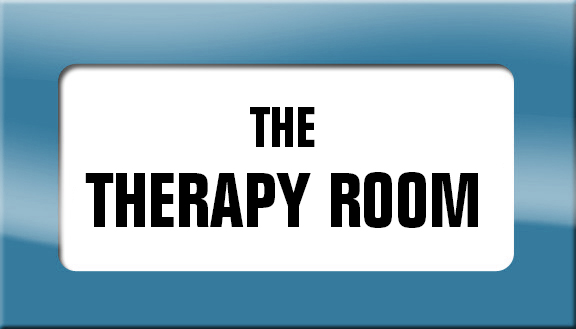Before making landfall in Florida, Hurricane Irma broke records on its relentless churn through the Caribbean. Irma spent 8.5 days as a major hurricane and sustained 185 mph winds for 37 hours as a Category 5 hurricane — making it the longest cyclone on the globe to maintain such intensity. Irma was the strongest storm that has ever existed in the Atlantic outside the Caribbean and Gulf of Mexico. Irma will break more records and will be with us in many ways, such as through flooding issues, wind damage, power outages, structural damage and destruction to homes, businesses, vegetation, pets, farm animals, vehicles, boats, bridges and roadways.
A high percentage of those living or working in the path of this hurricane, which happened to be the entire state of Florida, experienced stress and anxiety when planning a strategy to deal with the onset and then fall out of this force of nature.
The American Psychological Association states that it is common for people to experience very strong emotional reactions with the arrival of a hurricane and its accompanying damage to homes and community infrastructures. Understanding common responses to extreme events can help you to cope effectively with your feelings, thoughts and behaviors.
Here are steps one can take to help restore emotional well-being and a sense of control in the wake of Hurricane Irma:
•Recognize and manage: You have tackled hardships at other times in your life. Tap into the skills you used to get through past challenges.
•Network TV and online news: Watching replays of footage from the hurricane can make your stress even greater. Often, the media tries to interest viewers by presenting worst case scenarios and they may not be representative of your home or community.
•Ask for and get support: Reach out to people who care about you and who will listen and empathize with your situation. Find out about local support groups led by trained and experienced professionals.
Engage in healthy behaviors to enhance your ability to cope with excessive stress. Eat well-balanced meals and get plenty of rest. If you experience difficulties sleeping, you may be able to find some relief through relaxation techniques. Avoid alcohol and drugs since these can increase a sense of depression and/or impede you from doing what is necessary to be resilient and cope with events.
Individuals with prolonged distress related to Irma that disrupt their daily functioning should consider consulting with a trained and experienced mental health professional to help provide education about best responses to extreme stress and create a plan for moving forward.
As you gather with family, friends and co-workers in the days and months ahead for special events, or to celebrate holidays, reflect on what Hurricane Irma may have taught you and then hold onto those you love a little tighter, and listen with kindness to those you may disagree with in order to find common ground or initiate compromise. The devastation caused by Hurricane Irma helps us acknowledge how precious life is and it can also help us better demonstrate to our self and others an appreciation for this beautiful, amazing and challenging life we have. Change is possible.
Dr. Julia Breur is a Licensed Marriage and Family Therapist with a private clinical psychotherapy practice in Boca Raton. Further information available at www.drjuliabreur.com.







